Verb Tenses:
1:- The Tense of a Verb shows the time, state and degree of the completion of the action. There are three main Tenses-
(I) The Present Tense, which shows that the action is done at the present time; as, I go to school.
(II) The Past Tense, which shows that the action was done in the past time; as, I went to school.
(III) The Future Tense, which shows that the action will be done in the future time; as, I will go to school.
Note- The word Tense means time.
2:- Each of the three main Tenses has four different forms i.e. Indefinite, Continuous, Perfect and Perfect Continuous.
Table of Tenses:
| Tense | Indefinite | Continuous | Perfect | Perfect Continuous |
|---|---|---|---|---|
| Present | I go | I am going | I have gone | I have been going |
| Past | I went | I was going | I had gone | I had been going |
| Future | I will go | I will be going | I will have gone | I will have been going |
3:- Use of Tenses-
(I) The Present Tense:
(a) The Present Indefinite is used to express-
- An action that takes place at the present moment; as, She reads (Present Indefinite) a book.
- An action that shows a habit or customn; as, He rises (Present Indefinite) early in the morning.
- A universal truth or a maxim; as, Hard work pays (Present Indefinite) in the long run. Honesty is the best policy.
(b) The Present Continuous is used to indicate-
- An action that is still going on; as, I am watering (Present Continuous) the plants.
- An action that is expected to take place in the near future; as, We are leaving (= shall leave) for London next month.
(c) The Present Perfect is used to express-
- An action just now completed; as, He finished (Present Perfect) his work.
- A past action that continues up to the present time; as, I have worked (Present Perfect) in the office for the last two years (and I am still working there).
Note the Distinction- I have worked for two years (I am still working). I worked for two years (I do not work now).
| Incorrect | Correct |
|---|---|
| I have passed the examination last year. | I passed the examination last year. |
Note- If a word denoting past time occurs in the sentence, Past Indefinite and not Present Perfect is to be used.
- The completion of an action in the future when the words before, after, till, until, when, soon, as, are used before the Present Perfect Tense; as, After we have done our home task, we will play football. Untill he has finished his work, he shall not go.
(d) The Present Perfect Continuous is used to express an action that began in the past and is still continuing; as,
- I have been working here for the last two hours.
- I have been working here since morning (or Monday last, 2 o’clock, 1958).
Remember- For is used with a period of time, Since is used with a point of time.
(II) The Past Tense:
(a) The Past Indefinite is used to express-
- An action that took place in the past; as, I read (Past Indefinite) the book yesterday.
- A habitual action or custom in the past, as, In olden days Hindu widows burnt (Past Indefinite) themselves alive along with their dead husbands.
- A continuous past action; as, While the child wept (= was weeping), we laughed (= were laughing).
(b) The Past Continuous is used to express an action that was going on in the past; as I was, sleeping when the doctor came.
(c) The Past Perfect Tense is used to express an action that had been completed before another action started; as, The train had left (Past Perfect) when we reached the station. The patient had breathed (Past Perfect) his last before the doctor arrived.
Note 1- When two actions take place in the past, the Past Perfect Tense is used with the earlier action and the Past Indefinite Tense with the later action.
Note 2- When only one action is mentioned, use the Past Indefinite Tense only; as, I met him yesterday.
| Incorrect | Correct |
|---|---|
| I had been ill last week. | I was ill last week. or I had been ill last week before you called on me. |
Note 3- The Past Perfect Tense may be used in simple sentences when they contain some such words as still, before, already, etc.; as, He had already finished his work.
(d) The Past Perfect Continuous Tense is used to express an action which had not been completed before another began; as, We had been singing when the teacher entered the class.
(III) The Future Tense:
(a) The Future Indefinite Tense is used to denote an action that will take place in the future; as, I will give you a pen.
(b) The Future Continuous Tense is used to denote an action that will be going on at some time in the future; as, A great leader will be visiting our town tomorrow.
(c) The Future Perfect Tense is used to denote an action that will be completed at some point in future before another action takes place; as, I shall have finished writing a letter by 2 P.M.
(d) The Future Perfect Tense is used to denote an action that will be going on before another action starts; as, We shall have been working for ten hours before you come back.
Note- This form is seldom used in the English language.
Some Common Mistakes in the Use of Tenses:
| Incorrect | Correct |
|---|---|
| He is here for the last two hours. | He has been here for the last two hours. |
| She is ill from morning. | She has been ill since morning. |
| He has gone to Amritsar yesterday. | He went to Amritsar yesterday. |
| He reads in the tenth class. | He is reading in the tenth class. |
| I am working from two hours. | I have been working for two hours. |
| He had finished his work yesterday. | He finished his work yesterday. |
| Before I reached the station the train left. | Before I reached the station the train had left. |
| I was ill for two weeks before I called a doctor. | I had been ill for two weeks before I called a doctor. |
| You did not come to me since a long time. | You had not come to me for a long time. |
| He worked for three hours when I went to him. | He have worked for three hours when I went to him. |
| She is writing him a letter every day. | She writes him a letter every day. |
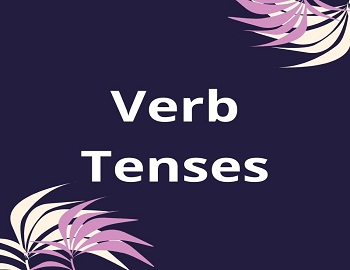
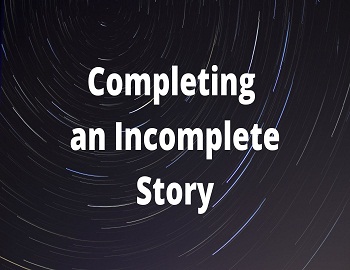
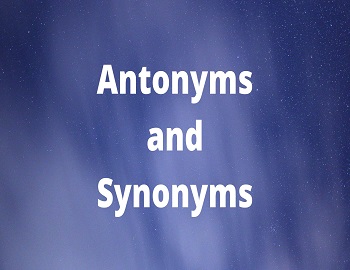

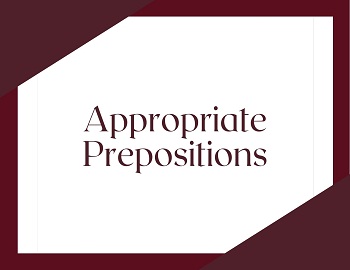
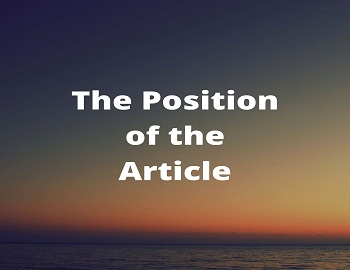
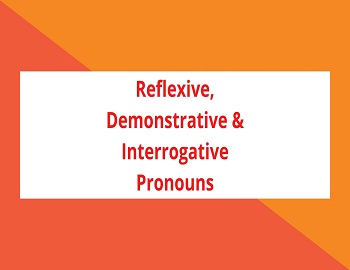
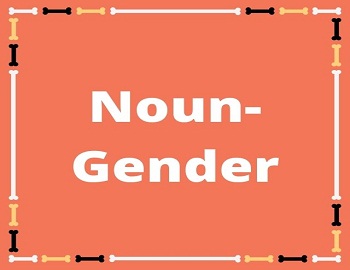
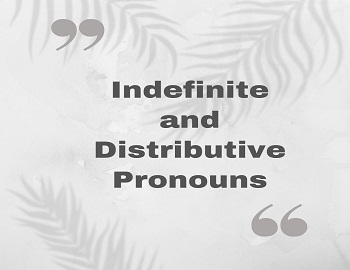
Comments (No)